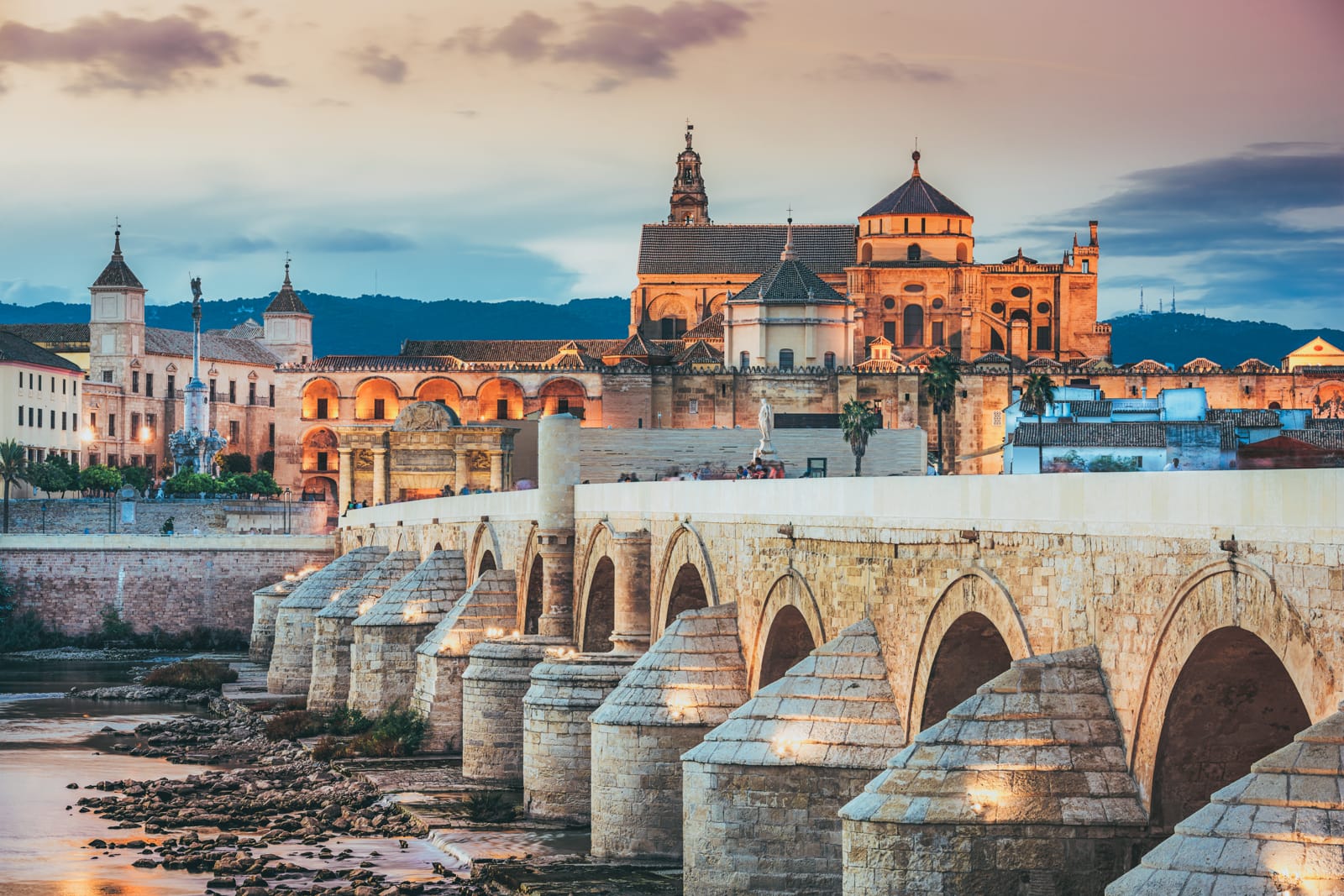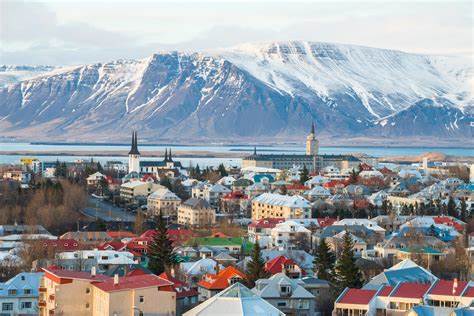Mexico is a country of diverse landscapes, rich history, and vibrant culture, offering travelers an unforgettable experience. From the ancient ruins of the Maya and Aztecs to the stunning beaches of the Yucatán Peninsula and the lively cities like Mexico City, this destination has something for everyone.
The best time to visit Mexico is from November to April, when the weather is warm but not too hot. This period avoids the heavy rains of the summer months and is perfect for both beach vacations and cultural explorations. The peak tourist season coincides with spring break, so expect larger crowds in popular destinations.
Mexico City, the capital, is a bustling metropolis where history and modernity coexist. Start your journey by visiting the Zócalo, the main square, where you can explore historical landmarks like the National Palace and the Metropolitan Cathedral. Don’t miss the Templo Mayor, an ancient Aztec temple, and Chapultepec Park, a vast green space with museums, lakes, and the Chapultepec Castle. For a deeper dive into Mexican culture, visit Frida Kahlo’s Blue House in Coyoacán or enjoy the vibrant colors of Xochimilco, where you can float along the canals in colorful boats.
In the Yucatán Peninsula, Mexico’s ancient heritage is prominently displayed in the ruins of the Maya civilization. One of the most famous sites is Chichen Itza, a UNESCO World Heritage site that features the iconic El Castillo pyramid. Tulum, a coastal Mayan city, offers the added benefit of stunning views of the Caribbean Sea. The Cenotes, natural sinkholes scattered across the region, are perfect for swimming and exploring underground rivers.
Mexico is also known for its gorgeous beaches. Cancun and Playa del Carmen offer all-inclusive resorts, turquoise waters, and lively nightlife, while Isla Holbox and Cozumel provide a quieter, more laid-back atmosphere. The Baja California Peninsula is home to incredible beaches, ideal for whale watching, especially from La Paz or Cabo San Lucas.
For nature lovers, Mexico offers lush jungles, deserts, and volcanic mountains. The Copper Canyon in the north is a series of canyons larger and deeper than the Grand Canyon, offering stunning views and hiking opportunities. The Sierra Madre mountain range provides a great backdrop for outdoor adventures, including hiking, horseback riding, and wildlife watching. In the south, Chiapas is home to Sumidero Canyon and the Lacandon Jungle, which are great for exploring Mexico’s rich biodiversity.
Mexican cuisine is a major highlight of any visit. With influences from indigenous cultures, Spain, and other European nations, Mexican food is diverse and flavorful. Tacos, enchiladas, tamales, and guacamole are staples, but don’t miss out on regional specialties like mole poblano in Puebla or cochinita pibil in Yucatán. Street food is an integral part of the culture, so be sure to sample tacos al pastor and elotes (corn on the cob with cheese and chili).
Festivals and celebrations are an essential part of Mexican culture. Dia de los Muertos (Day of the Dead) is celebrated nationwide, with vibrant parades, colorful altars, and unique traditions to honor the deceased. The Guelaguetza Festival in Oaxaca celebrates indigenous culture through traditional dance, music, and food. Mexico also celebrates many lively festivals like Cinco de Mayo and Las Posadas during Christmas.
Mexico offers a delightful combination of history, culture, nature, and cuisine, making it a top destination for any traveler. Whether you’re exploring ancient ruins, relaxing on beautiful beaches, or indulging in delicious food, Mexico never fails to leave a lasting impression.






